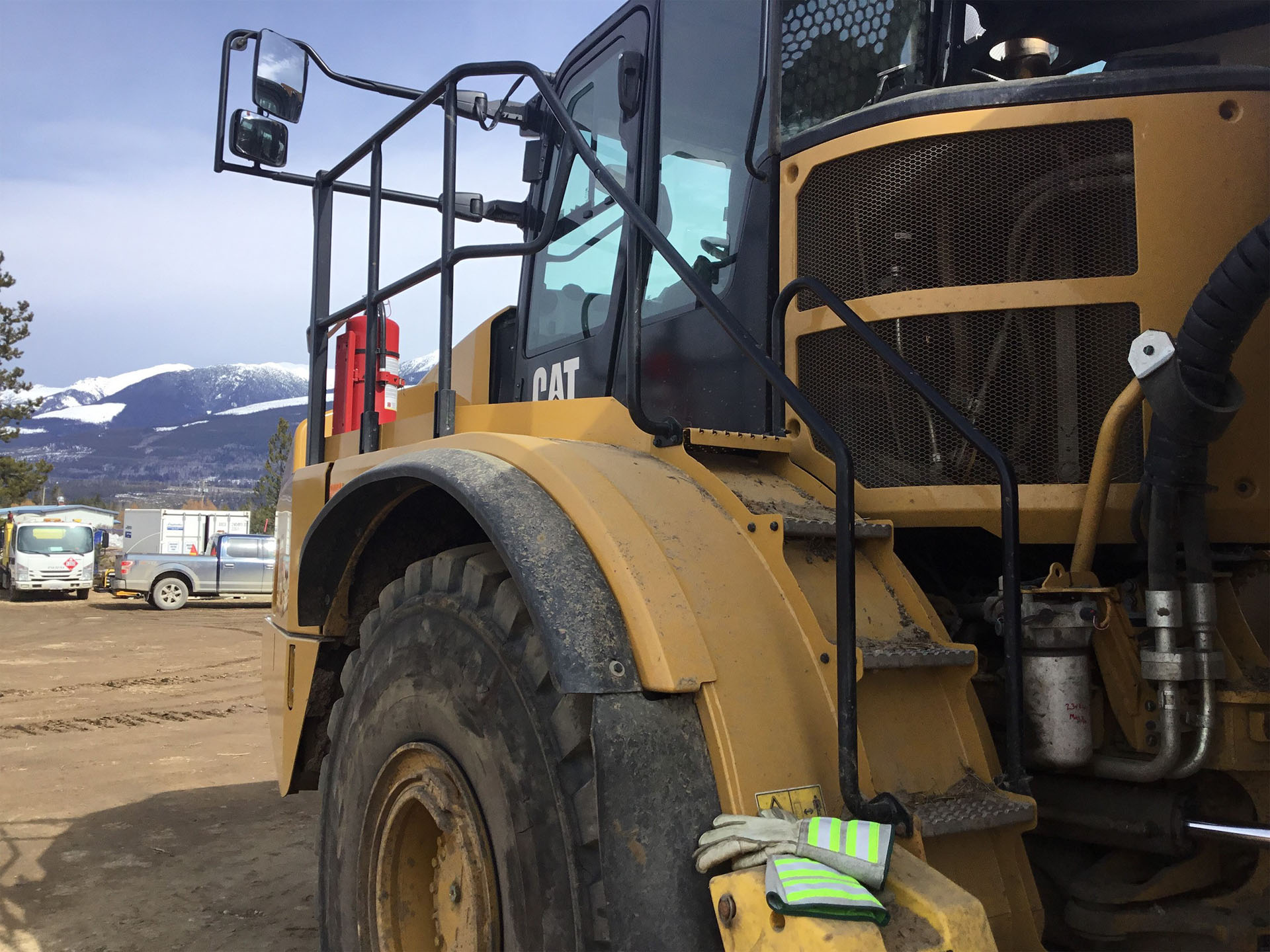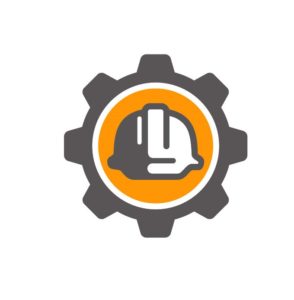Project Equipment Onboarding
An often-overlooked component of project work is the equipment onboarding.
The company is reviewed for insurance and compliance, the workers are reviewed for training and certifications, while the equipment, if mentioned, must be in good working condition and fit for the intended purpose.
Equipment is legislatively compliant when it is built and sold, but there are additional project requirements that may put the contracting company at risk. Items like blind spot cameras and fire suppression equipment, for example, may be required by the owner or prime and needs to be addressed in the planning stages, to allow the contractor to configure to project specs.

Modifying any part of original equipment may void the manufacturer’s certification of compliance to certain standards. (Think EROP’s)
The onboarding “process” usually involves a equipment cleaning form from the Environmental representative for the prime to the subcontractor office, that must be completed and returned before the equipment is brought to site. The form usually requires pictures from all angles, taken during washing and sanitizing. The sanitization involves spraying the entire equipment with a bleach and water concentration to kill bacteria from the soil on the equipment from previous jobsites. This is done to prevent the transfer of vegetation infestations, noxious weeds, and soil. It’s important that a standardized form be available to use for the process, as there is often confusion over what needs to be submitted, what it must contain and when it has to be completed.
Typically, a mechanical inspection will be requested for any equipment brought to site, noting any deficiencies (which should have been rectified prior to bringing it to site). The inspection should be specific to the machine type and the type of work the machine is intended for, in order to determine its overall condition. A two-year-old excavator used in civil construction, for example, should appear relatively new, compared to a two-year-old forestry excavator.
 There are some projects where requirements are placed on equipment that may not typically be asked for. This would include items that refer to manufacturer’s recommended actions, like seat belt replacement at regular intervals. These types of “Project Equipment Checklist” items are rare but when in play are costly and often ground the equipment pending repairs.
There are some projects where requirements are placed on equipment that may not typically be asked for. This would include items that refer to manufacturer’s recommended actions, like seat belt replacement at regular intervals. These types of “Project Equipment Checklist” items are rare but when in play are costly and often ground the equipment pending repairs.
Equipment that arrives on site fit for duty, with the required environmental and mechanical inspections completed, will have no issues onboarding and starting the work. The required elements must be determined in the project planning stage, not ad hoc once equipment starts to arrive on site.
 A note regarding contractors renting equipment for use on site. Rented equipment must come with a mechanical inspection and the H&S representative should check to make sure the report is correct and that the checklist items are indeed present and functioning. Rental agreements don’t allow for modifications to equipment that the contractor may have to make. Any modifications will void the manufacturer’s warranty and the rental agreement.
A note regarding contractors renting equipment for use on site. Rented equipment must come with a mechanical inspection and the H&S representative should check to make sure the report is correct and that the checklist items are indeed present and functioning. Rental agreements don’t allow for modifications to equipment that the contractor may have to make. Any modifications will void the manufacturer’s warranty and the rental agreement.



0 Comments